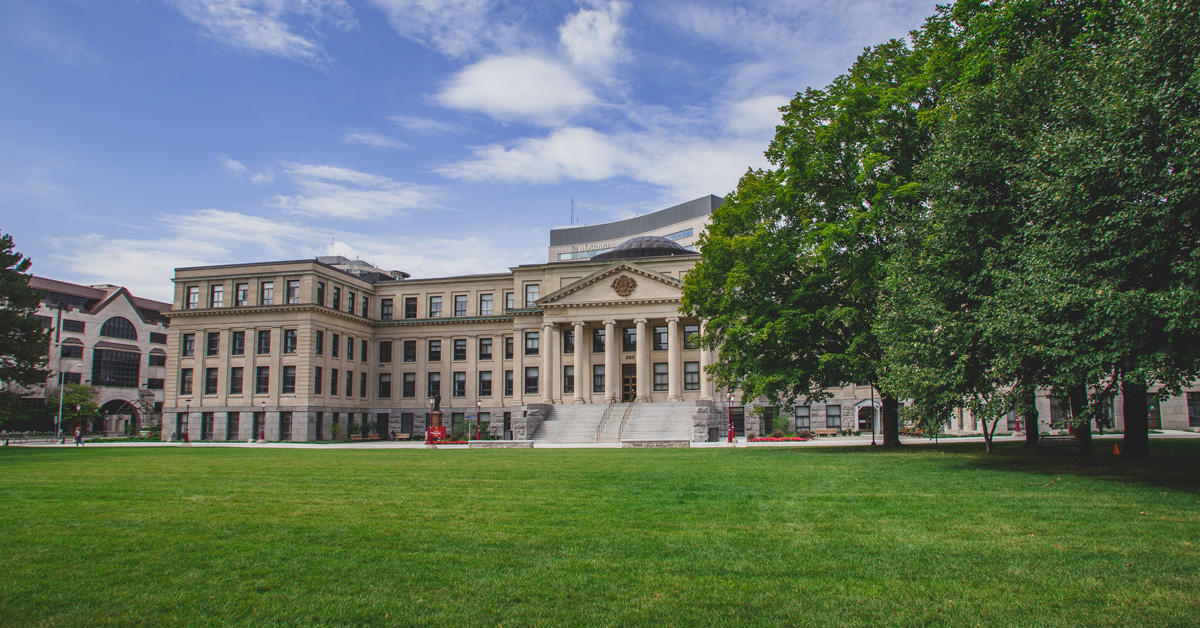In the context of the Canadian intellectual property (IP) system, the legitimate use of a third party’s intellectual creation, which may include TK, is governed by a variety of transactional or licensing regimes including copyright license or assignment of patent rights, where applicable. For copyright work, Creative Commons (CC) is becoming perhaps the most widely discussed and widely deployed tool for ‘open’ or collaborative sharing of knowledge in the digital economy. As outlined in recent research by the Carleton University Geomatics and Cartographic Research Centre (GCRC) in partnership with the Centre for Law, Technology and Society (CLTS) and the Canadian Internet Policy and Public Interest Clinic (CIPPIC), both at the University of Ottawa, CC provides a possible template to “license” the use of TK in a manner designed to be consistent with the wishes and expectations of the source community. By using the CC scheme, the research argues, it is possible to capture “numerous issues regarding the collection, dissemination, and management of data based on TK” in a manner that circumvents the gaps in intellectual property that fail to account for the peculiar nature and contexts in which TK is produced and claimed. According to the authors, a CC scheme is capable of assisting good faith users of TK to negotiate appropriate consent for its use, as well as account for the normative expectations of TK holder which are neither recognised nor enforceable under existing intellectual property laws. This potentially creative deployment of CC is imperative to equitably manage and pre-empt the complex challenges posed by online sharing of TK “with an indeterminate audience who may not share the same ethical guidelines as academic researchers.”
The study notes that CC licenses are composed of three separate layers: a “legal” layer, comprising the actual, formal terms of the license articulated in legal language, a “human-readable” layer, which includes a plain, user-friendly description of the license terms illustrated with colourful, easy to recognize iconography, and a final, “machine-readable” layer, which encodes the license terms into a format that can be interpreted by search engines and software applications. CC gives copyright holders an accessible, convenient way to disseminate their work, while retaining control over how, and in what contexts, their work can be used.
However, the character of TK largely precludes the application of conventional copyright law protections, including licensing provisions like CC. This is because the Copyright Act requires that the subject matter be a “work” that is “fixed” (i.e. recorded or made physically manifest in some way) and original, and whose ownership can be traced to a natural person or persons. TK is frequently passed down through oral traditions like storytelling or song, and is held collectively by the community, rather than “owned” by a single individual. This means that many forms of TK are not sufficiently “fixed” or “original,” and therefore do not pass the threshold for copyright protection.
To address this gap in the law, the study proposes a novel licensing scheme that is modelled after the layered approach in CC licenses. The first, or “legal” layer of the TK license would provide three separate levels of protection:
- Traditional copyright – the license assumes by default that regular copyright protections are available to the license holders; this endows the “creator” of the TK with rights and any users with corresponding responsibilities.
- Unilateral contract – if copyright is not available because the nature of TK is such that it fails to meet the threshold criteria enumerated in the Copyright Act, then the license automatically imposes obligations on the user by way of a unilateral contract. By retaining control over access to the resource in question, the licensor is able to impose binding conditions for resource of the TK.
- Normative guidelines – for resources not captured under (1) or (2), the proposed TK licensing scheme articulates how the resource should be used or treated, how resulting benefits or knowledge should be shared, and any other restrictions the TK holders deem appropriate.
The legal protections encoded in this first “layer” of a TK license would be supplemented by a human-readable layer with simple iconography similar to the current template for CC licenses, as well as a machine-readable layer so the license could be automatically interpreted by search engines and software applications.
This creative approach to TK licensing could have substantial implications for not only the sharing and use of the TK of Indigenous and local communities, but for genetic resources used or located with the aid of TK. Given Canada’s current indecision over whether or not to ratify the Nagoya Protocol, the proposal by the GCRC/CLT/CIPIC partners provides one possible mechanism for realizing a Canadian access and benefit sharing policy over genetic resources that is appropriately sensitive to Indigenous concerns.
The Consortium’s study, which was conducted under the auspices of the Social Sciences and Humanities Research Council (SSHRC) Partnership Development Grant entitled Mapping the Legal and Policy Boundaries of Digital Cartography, is worth reading in its entirety for a fulsome understanding of the proposed TK licencing scheme, including possible challenges and limitations. This recommendation has added an important dimension to the ongoing debate on how best to equitably integrate and reward the contributions of TK to the global knowledge economy without compromising the ethical and philosophical orientation of its purveyors.
Source:
- “A Proposal: An Open Licensing Scheme for Traditional Knowledge” (2016) Canadian Internet Policy and Public Interest Clinic, available online at: https://cippic.ca/sites/default/files/file/CIPPIC_GCRC--TK_License_Proposal--July_2016.pdf
*Chidi Oguamanam and **Chris Koziol
*ABS-CANADA.ORG
**ABS-CANADA.ORG

